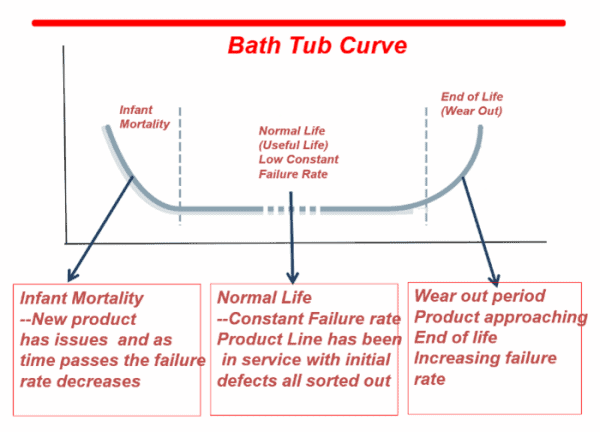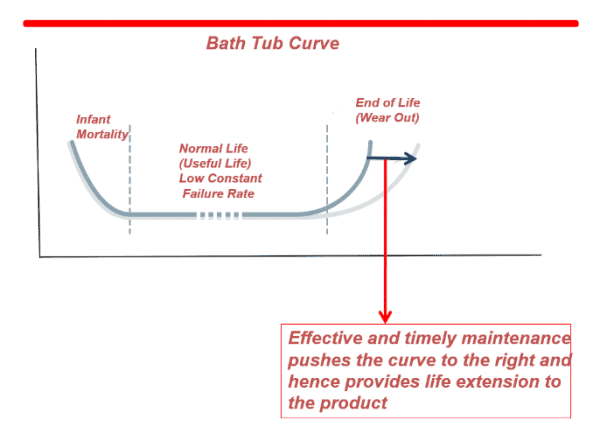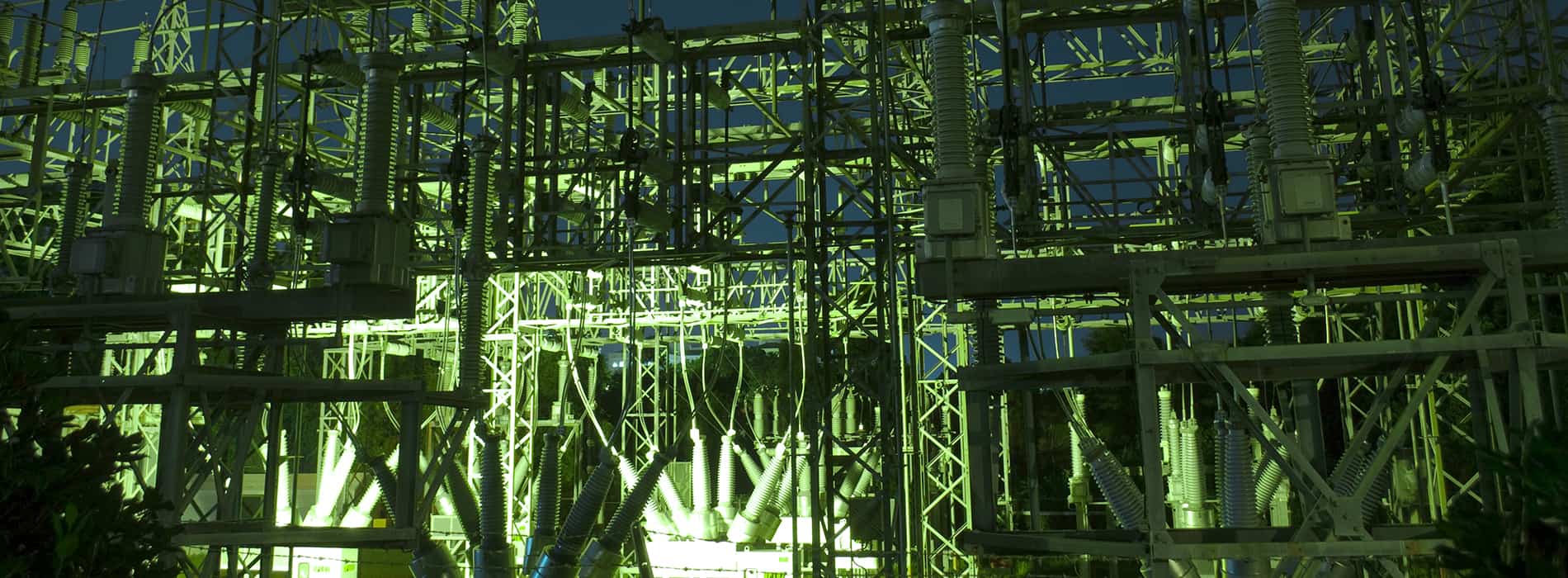An Overview of Substation Maintenance: Its Evolution and Key Testing Practices
As electrical systems age, operating costs increase while reliability dwindles. Given most utilities and industrial facilities are highly capital intensive and have limited financial and other resources to make wholesale equipment replacements, regular maintenance is critical for controlling the symptoms of aging.
Maintenance is a key part of lifecycle asset management. Preserving equipment health maximizes the efficiency and cost-effectiveness of substation assets, including transformers, circuit breakers, protection equipment, CTs, PTs, CCVTs, batteries, transmission lines, and more. Effective maintenance also helps minimize lifecycle and insurance-related costs, accidents, and environmental compliance issues, reduce the risk of unplanned shutdowns and negative publicity, and ultimately extend the life of an asset.
The Evolution of Maintenance Practices
Utilities have long relied on three types of maintenance techniques: let assets run until they fail, maintain assets only when absolutely necessary, or implement a fixed maintenance schedule. But these approaches alone don’t provide the level of protection that is necessary to extend the lifecycle to today’s substations.
Today, the best maintenance approaches combine two or three of the following strategies:
- Time-based maintenance (TBM): Involves testing at specific intervals.
- Condition-based maintenance (CBM): The amount of maintenance performed, and the interval, is based on the condition of the asset.
- Performance-based maintenance (PBM): Extends TBM test time intervals by analyzing records showing low failure rates of particular equipment families receiving TBM. This approach is also often referred to as reliability-centered maintenance (RCM).
Due to tremendous advances in both on-line and off-line diagnostics, CBM has really taken hold over the years. On-line dissolved gas analysis, sweep frequency response analysis, automated tracking of faults, and analyzing on-line winding temperature and monitoring of moisture within the insulation all provide the information needed to perform CBM and can result in significant savings compared to time-based maintenance strategies. The benefit of CBM is that when conducted properly, the approach enables utilities to identify and fix issues as soon as they fail, without having to deal with lengthy and costly downtime. Teams also don’t have to worry about the risk of damage or human error and can free up employees’ time for critical initiatives like asset replacement and problem solving.
Testing Practices for a Sound Substation Maintenance Strategy
The terms ‘testing’ and ‘maintenance’ are often mistakenly used interchangeably – but they aren’t synonymous. Testing is just one piece of maintenance. As a best practice, there are several tests that should be a part of every maintenance strategy, depending on the asset.
There are three main tests to consider for transformers, all of which play a key role in ensuring the health of assets. Dissolved Gas Analysis (DGA) is used to detect a wide range of problems in the early stages and then throughout deterioration until an outage is required. Oil Quality Screens evaluate the rate of deterioration of insulating oil to identify any equipment or operating problems. A Power Factor Test is used to measure the quality of insulation and its bushing based on capacitance and dissipation. Other common tests include Sweep Frequency Response Analysis (SFRA) and Winding Resistance and Turns Ratio Measurements.
For circuit breakers, asset managers can focus their diagnostics on critical performance indicators such as resistance, timing and motion, control system operation, and power factor. It’s also wise to look at the thermal stress of load current, environmental stressors, and condition of the insulation system.
The most common forms of testing for battery maintenance include impedance intercell resistance, voltage, specific gravity, current temperature, and discharge testing.
Relays should also be tested to ensure each element in a microprocessor relay are working correctly, which is done during the commissioning phase. Subsequent maintenance tests are typically limited to specific components such as inputs and outputs, the ability of relay to reach current and voltage inputs correctly, and more. Protection relays should also be tested using dynamic testing techniques, which include testing the entire protection scheme. Critical lines should have their protection testing completed using end-to-end testing techniques.

 As demonstrated by the bathtub curve, effective and timely maintenance using various testing techniques extends the life of mission critical assets that are approaching their end-of-life phase.
As demonstrated by the bathtub curve, effective and timely maintenance using various testing techniques extends the life of mission critical assets that are approaching their end-of-life phase.
The Future of Substation Maintenance
New tools for substation maintenance are making it easier to forecast the reliability of assets and make forward-looking decisions to protect the bottom line. With computerized management of maintenance records, maintaining and analyzing data is much easier because there’s no manual record keeping as most tasks, such as work order management are automated. Enterprise-wide standardization makes reporting to regulatory agencies more seamless.
With the right combination of technology and testing practices, utilities can get the most out of their assets and ensure overall reliability and performance while keeping costs as low as possible.
ADDITIONAL INFORMATION
- Doble Solutions & Services
- Further Reading:











